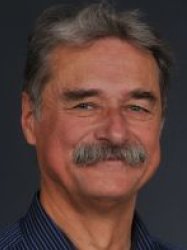BibTex format
@article{Sanchez:2017:10.1038/ncomms15461,
author = {Sanchez, Gonzalez A and Micaelli, P and Olivier, C and Barillot, TR and Ilchen, I and Lutman, AA and Marinelli, A and Maxwell, T and Achner, A and Agåker, M and Berrah, N and Bostedt, C and Bozek, JD and Buck, J and Bucksbaum, PH and Carron, Montero S and Cooper, B and Cryan, JP and Dong, M and Feifel, R and Frasinski, LJ and Fukuzawa, H and Galler, A and Hartmann, G and Hartmann, N and Helml, W and Johnson, AS and Knie, A and Lindahl, AO and Liu, J and Motomura, K and Mucke, M and O'Grady, C and Rubensson, J-E and Simpson, ER and Squibb, RJ and Såthe, C and Ueda, K and Vacher, M and Walke, DJ and Zhaunerchyk, V and Coffee, RN and Marangos, JP},
doi = {10.1038/ncomms15461},
journal = {Nature Communications},
title = {Accurate prediction of X-ray pulse properties from a free-electron laser using machine learning},
url = {http://dx.doi.org/10.1038/ncomms15461},
volume = {8},
year = {2017}
}

